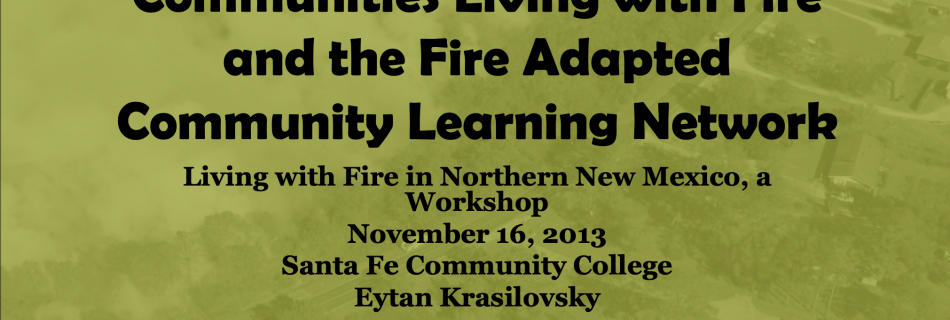Over the past two decades the size of wildfires has dramatically increased across the Southwest. These large burned areas have become so common that newer wildfires are burning into and around them. Fire managers increasingly use these previous burns as treatments that either stop or slow fire spread. The interaction of past and current wildfires has important management and ecological consequences.
Click here for accompanying “Past meets the present” write up containing more detail.




